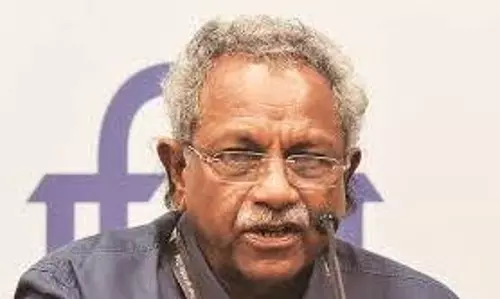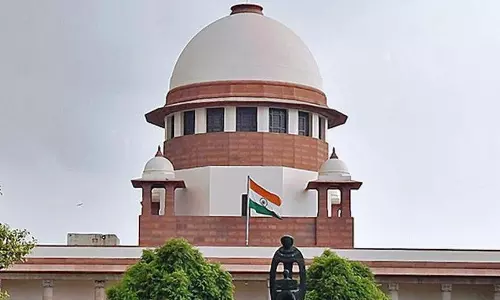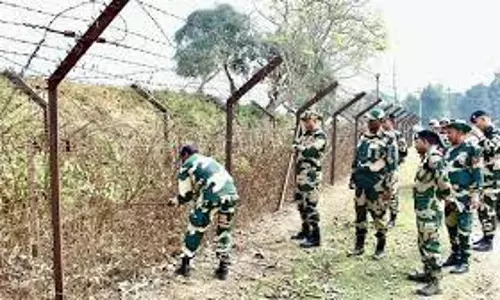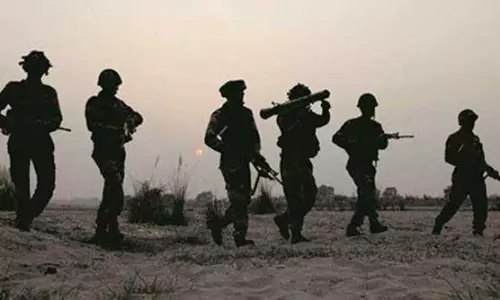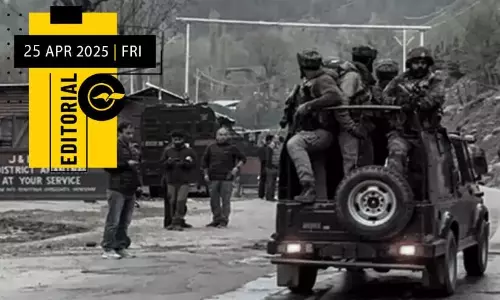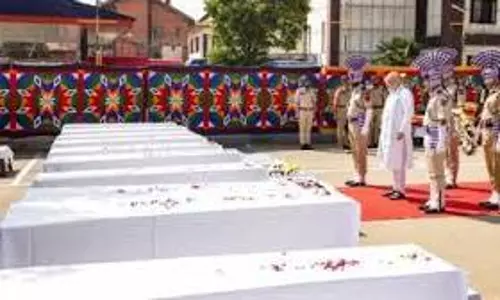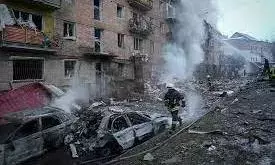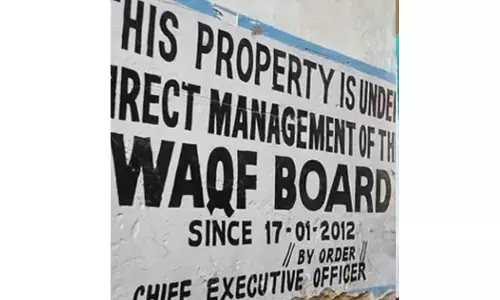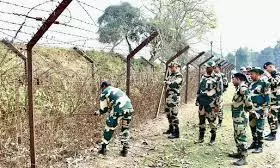
BSF steps up surveillance along Bangladesh border, Tripura emerges a major infiltration point
text_fieldsThe Border Security Force (BSF) has ramped up security measures along Tripura’s 856-kilometer border with Bangladesh, but curbing infiltration remains a daunting challenge.
Amid the political turbulence in Bangladesh, Tripura’s porous border stretches continue to serve as key entry points for illegal immigrants, including Bangladeshi nationals and Rohingya refugees, who often make their way deeper into India. Despite consistent monitoring and a strong push for "zero-infiltration," human trafficking and illegal crossings remain persistent problems, reported NDTV.
Tripura’s geography further complicates the situation.
Although about 98% of the border is fenced, much of the fencing, installed over a decade ago, has deteriorated. Prolonged monsoon seasons, spanning almost seven months, along with unchecked vegetation and marijuana growth, have caused significant wear and rusting, reducing the fencing’s effectiveness, according to a senior police official.
Adding to the complexity, many villages in Tripura are situated extremely close to the border — in some cases, lying just 150 yards beyond the fencing and near the zero-point markers. This proximity allows smugglers and traffickers to merge with local civilians and exploit gaps in border security.
"The terrain gives infiltrators a clear advantage," a BSF officer explained, citing the dense cover and close-set villages that make surveillance and intervention far more difficult.
Besides natural challenges, there are concerns that a small fraction of the local border population may be involved in aiding smuggling and human trafficking operations, making the BSF’s task even tougher.
Experts warn that the consequences of unchecked infiltration extend beyond economic strain and demographic shifts — they pose serious national security risks.




